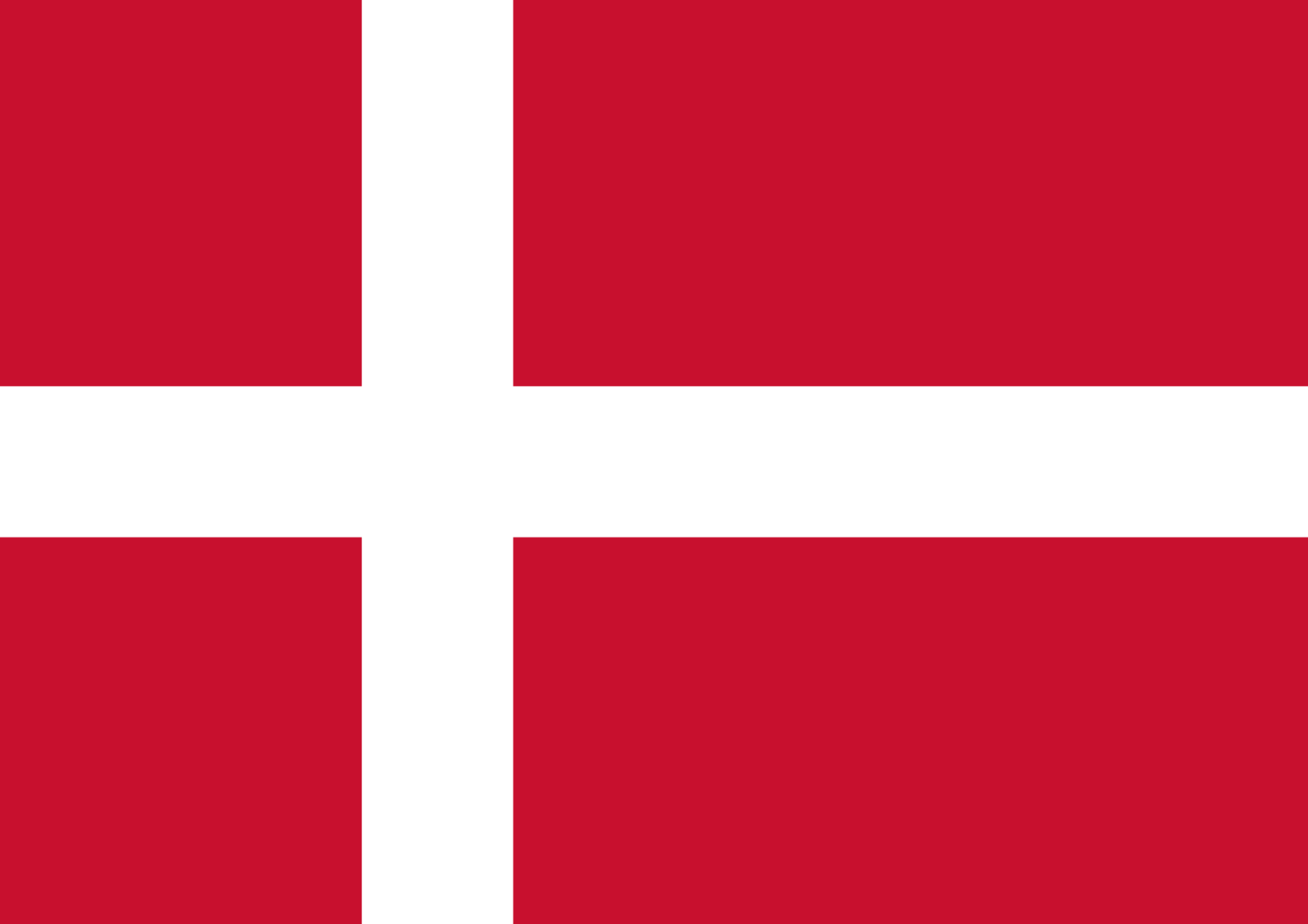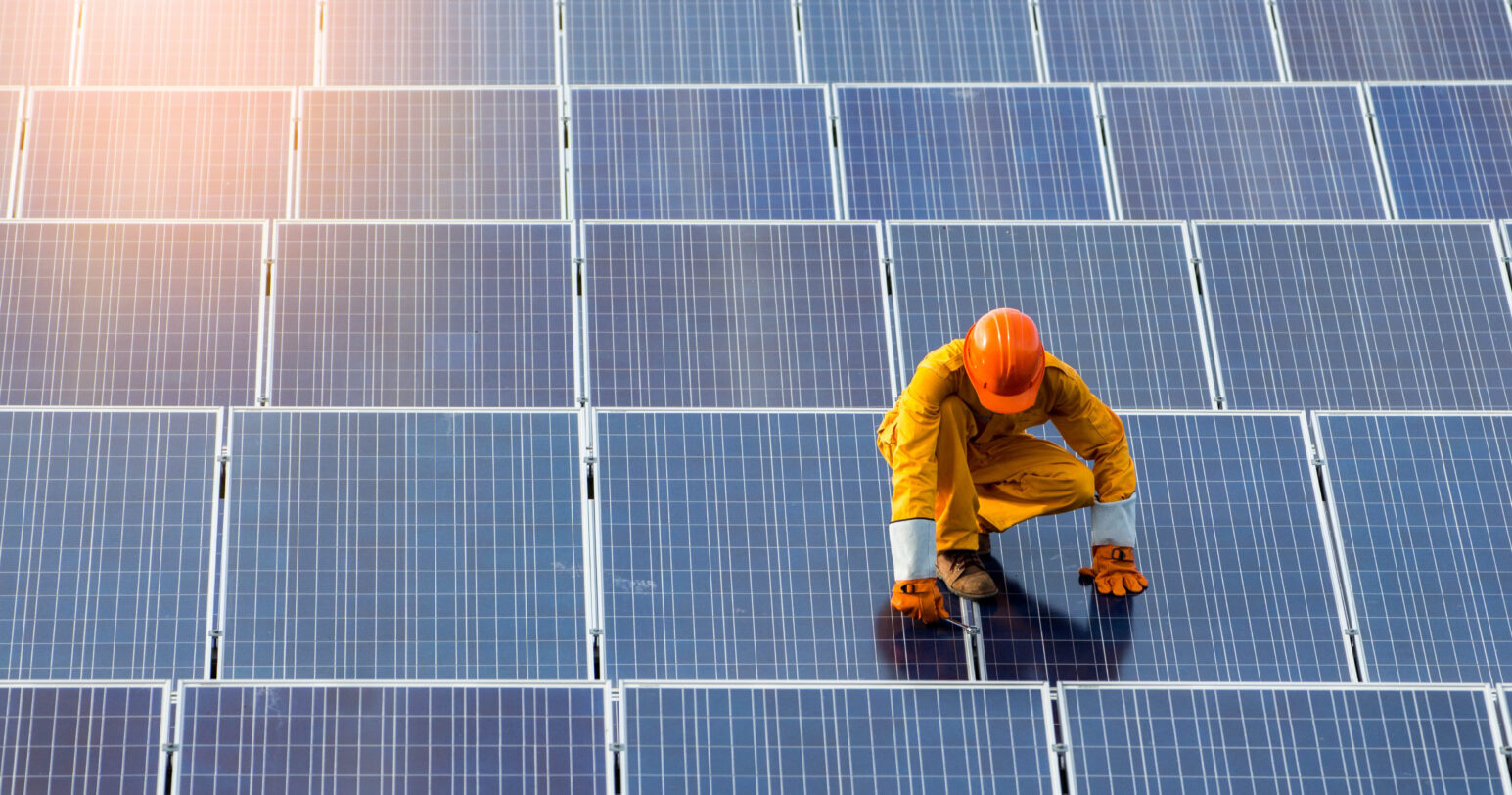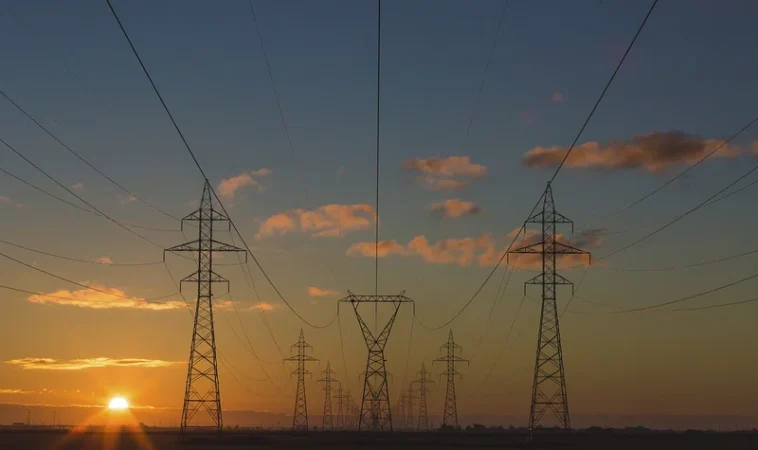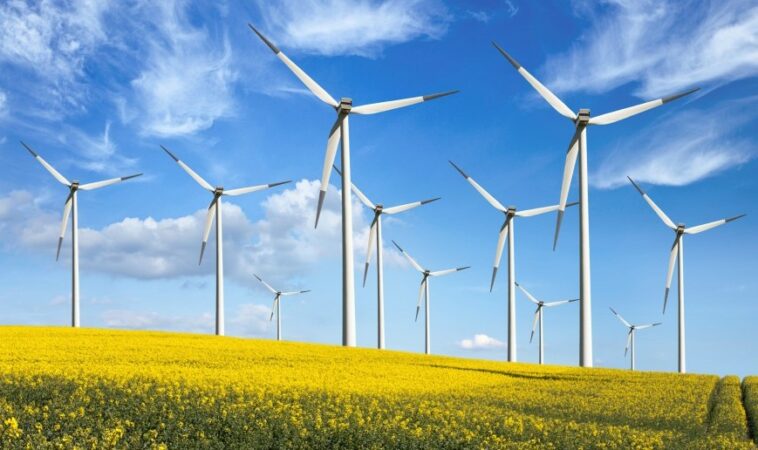
Progress on reducing the use of coal
Coal consumption in the energy sector has varied annually, depending on the availability of imported electricity from hydro and other relatively cheap sources from neighboring countries, but is now on a clear downward trend towards full phase out. Remaining coal capacity contributes to the security of electricity supply in Denmark, but production has been reduced significantly and some thermal capacity has been substituted through conversion to biomass. In 2017, the leading utility company Orsted (formerly DONG) announced it will cease coal use by 2023.
The current high security of supply in Western Denmark is expected to be upheld when the remaining coal based plants are retired. This is partly due to other available thermal capacities, particularly biomass; the existence of interconnections with neighboring countries which allow for import and export of electricity when needed; and lastly through the continued installation of additional wind and solar capacities. In Eastern Denmark coal based generation has de facto already been made redundant and the closure of the remaining coal based plants is expected to have only a marginal impact on security of supply.
Government policy commits to completing the transition from coal
To increase competition and to further reduce the cost of the green transition, the government will provide an increasing share of the future support to renewables through technology neutral tenders. Combined heat and power (CHP) plants supply a large share of heat for district heating. As the share of electricity from wind and solar increases and coal based CHP declines, a gradual shift towards electrification is needed. The use of heat pumps in the heating sector will be an important element of the green transition.
Denmark’s tradition for political consensus on long term energy policy objectives and on support schemes to renewable electricity sources has provided a stable basis for the development of the sector; a sustainable pathway to a green transition; and the development of alternatives to coal based electricity generation. In 2015, the Government set a long-term goal of making the country independent of fossil fuels by 2050, meaning the entire energy demand, including electricity, heating, industry and transportation, will be met by renewable energy.
Danish energy policy is traditionally based on broad political agreements – with the Energy Agreement of June 29, 2018 as the most recent and important example. In this, the Danish Government has set a long-term goal of achieving net-zero emissions by 2050. It also requires that by 2030 55% of the Danish energy consumption will be provided by renewable energy; 90% of district heating shall be based on other energy sources than coal, oil and gas; and coal in electricity production shall be phased out.

Timeline
- 2004: First tender of offshore wind farms. The tendering procedure has been used since and has proven efficient in terms of increasing competition and reducing costs.
- 2012: An energy agreement is broadly approved by Parliament which specifies targets and instruments to increase renewable energy and reduce coal and other fossil fuels in the electricity sector.
- 2017: Major power companies announced their intention to phase out coal capacities before 2030, with Orsted aiming for 2023.
- 2017: Government announces technology neutral tenders of renewable energy support for 2018 and 2019 with the objective to increase competition and reduce costs.
- 2018: An energy agreement is unanimously approved by Parliament which confirms the phase out of coal and to reach a share of 55% renewable energy of total energy consumption by 2030.




